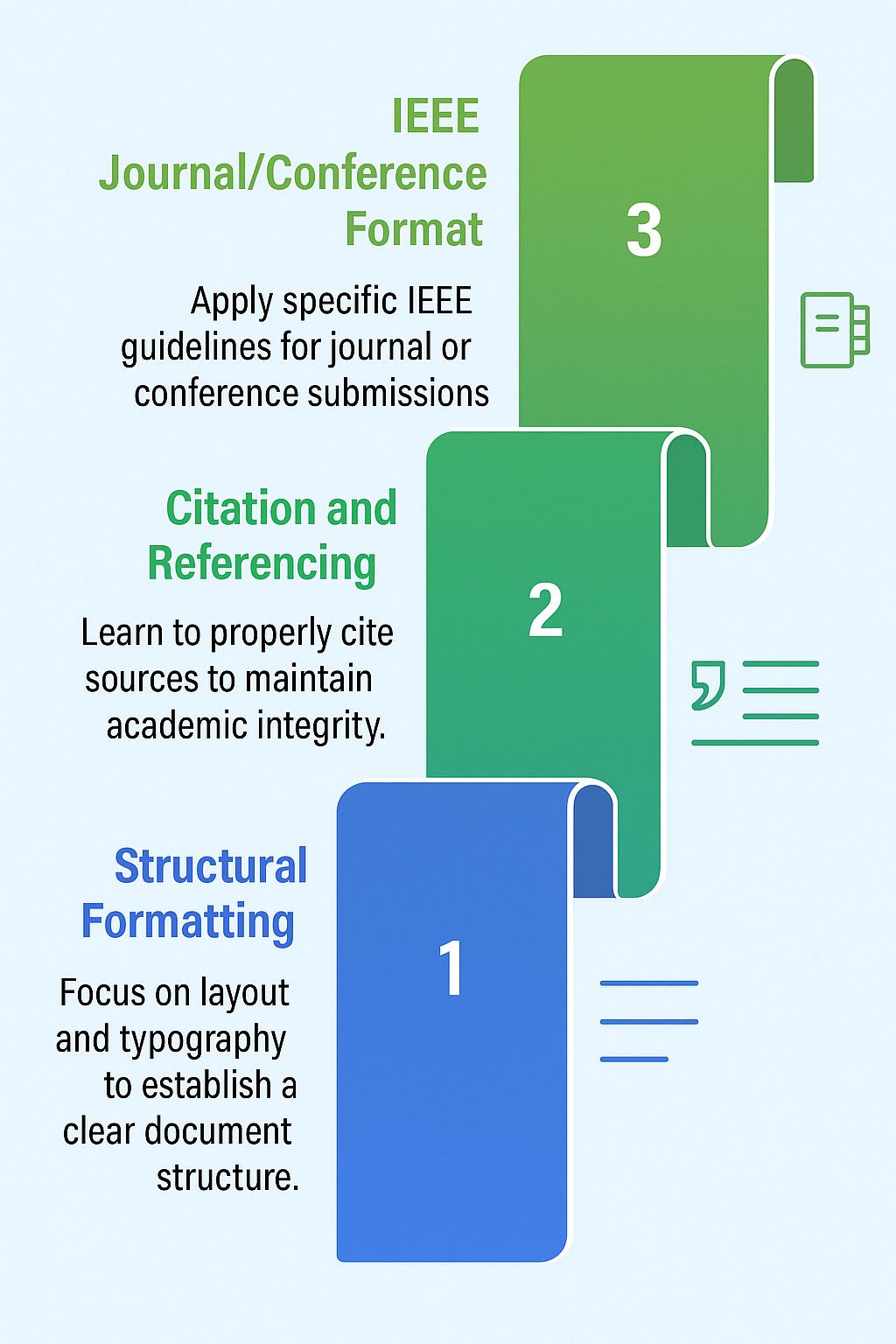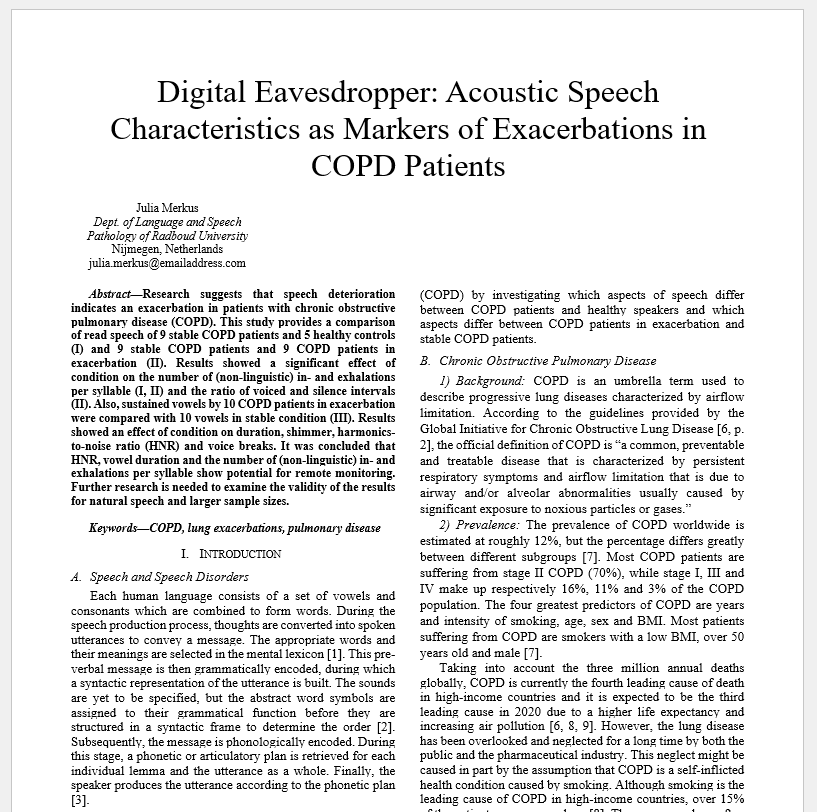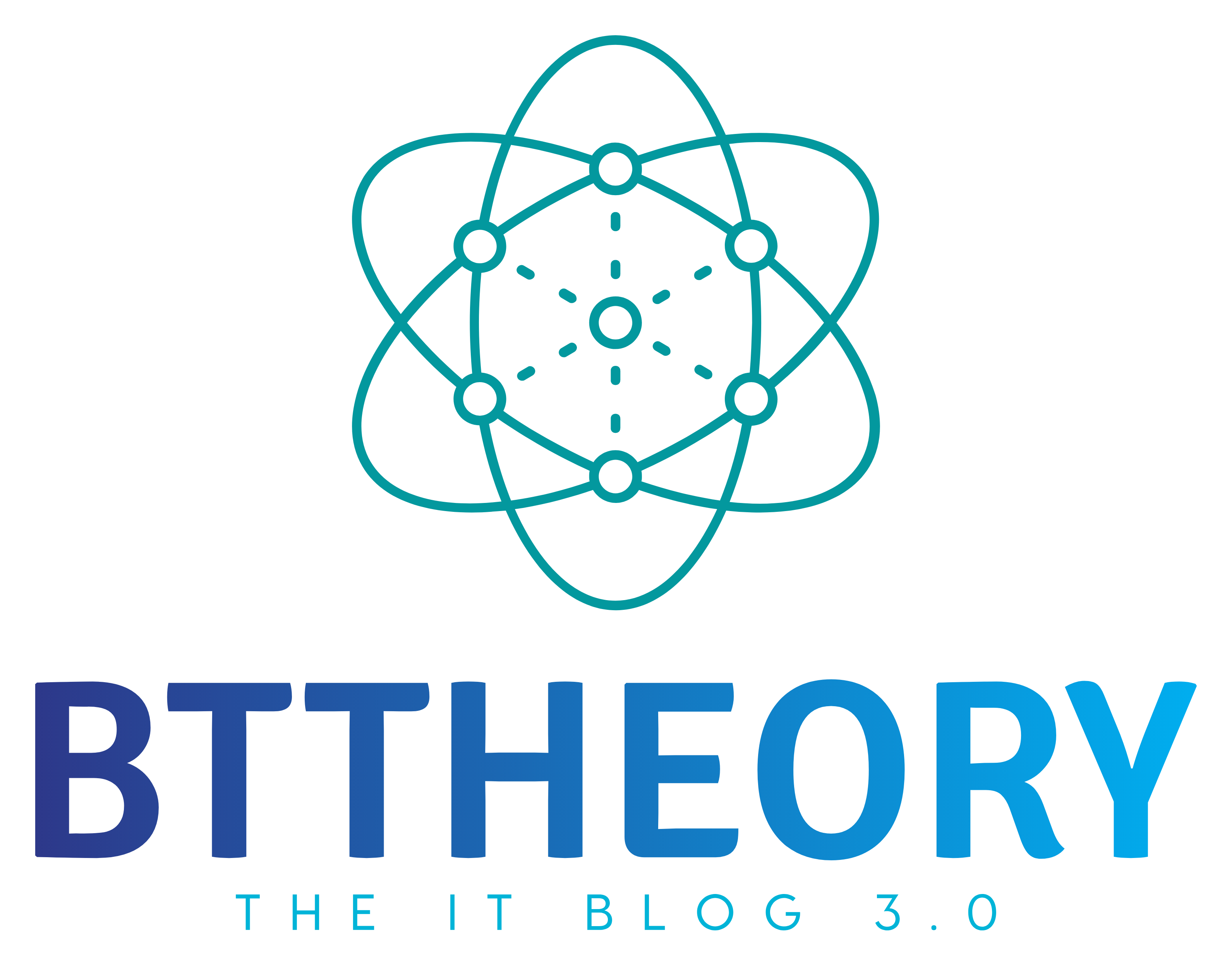If you’ve ever felt lost trying to format your assignment, you’re not alone.
Estimated read time: 6 minutes
Understanding the IEEE formatting Standards for your Assignment is essential. It might look hard to grasp but I will explain it in three levels, where you would be able to master it quickly.
This guide is designed for student assignments that follow IEEE-style formatting. Official IEEE journals and conferences may have additional requirements such as two-column layouts or specific templates. Always check your university or journal’s formatting guidelines for the final word.
What is IEEE?
IEEE stands for the Institute of Electrical and Electronic Engineers. It is a technical professional organization dedicated to advancing technology for the benefit of humanity. Simply put the develop standards, specifications and guidelines for various engineering fields. You can read more about them in here.
What is this IEEE formatting and standard?
When it comes to writing and publishing articles and journals in academic field, there are certain known standards to follow. We can’t just use whatever the fancy font we loved and any font size we like. There are certain set of rules that everyone agreed to follow when we write something in academic.
Apart from IEEE we have many academic formatting and citation styles. See the below table.
| Style | Full Name | Commonly Used In |
|---|---|---|
|
🥇 APA |
American Psychological Association |
Psychology, Education, Social Sciences |
|
🥈 MLA |
Modern Language Association |
Humanities, Literature, Language Studies |
|
🥉 Chicago |
Chicago Manual of Style |
History, Philosophy, Publishing |
|
🎖 Harvard |
Harvard Referencing Style |
Business, Economics, Law (especially in UK & Commonwealth countries) |
|
🏅 ACS |
American Chemical Society |
Chemistry |
|
🏆 AMA |
American Medical Association |
Medicine, Health Sciences |
Let’s Understand IEEE Formatting Standard
We all been there right? When your assignment mentioned IEEE formatting and we have either no clue or mixed understading of what is IEEE formatting. Some might say we need two columns, some might say we need an Abstract, some even say we need use font size as 10 or 12 for all the text. So, let’s breakdown IEEE formatting in to 03 levels / tiers so we can easily understand when to use it and how to use it. All you need to understand is what is your assignments requirement and where it belong under those levels.
- Level 1 – Structural Formatting (Layout & Typography)
- Level 2 – Citation and Referencing
- Level 3 – IEEE Journal / Conference Format
If you like to learn deep about IEEE formatting standards, I recomend refering Scribbr site.

Level 1 – Layout & Typography
This is all about formatting your document according to the IEEE styles. If your assignment mentioned “use IEEE format” or “Format your assignment appropriately (IEEE Style)”, this is the level you need to use. Here are the requirements you need to adhere to fulfill the level 1 standard.
Use Case:
Applies to all IEEE documents (assignments, reports, articles, etc.)
Title Formatting
| Element |
Font Size |
Style |
Alignment |
Capitalization |
Notes |
|---|---|---|---|---|---|
|
Title* |
24 pt |
Bold |
Centered |
Title Case |
Positioned at the top of the first page. |
|
Byline |
10 pt |
Regular |
Centered |
Title Case |
Includes author name(s) and affiliation(s). |
|
Abstract |
10 pt |
Bold |
Justified |
Sentence case |
Begins with “Abstract—” in bold; follows immediately with the abstract text. |
|
Index Terms |
10 pt |
Italic |
Justified |
Title Case |
Listed after the abstract; labeled as “Index Terms—”. |
⚠️ *Note: Some universities may ask for a smaller title font (e.g., 12pt) in assignments. IEEE journals typically use 24pt for formal papers.
Heading Formatting
|
Level |
Format |
Example |
|---|---|---|
|
Level 1 |
10 pt, Small Caps, Centered, Roman numerals, Title Case |
I. INTRODUCTION |
|
Level 2 |
10 pt, Italic, Flush Left, Capital letters followed by a period, Title Case |
A. Background |
|
Level 3 |
10 pt, Italic, Indented one em, Arabic numerals with parenthesis, Sentence case, ends with a colon |
1) Research methods: |
|
Level 4 |
10 pt, Italic, Indented two ems, Lowercase letters with parenthesis, Sentence case, ends with a colon |
a) Data collection: |
Paragraph Formatting
-
Font: 10 pt Times New Roman.
-
Alignment: Justified.
-
First Paragraph: No indentation.
-
Subsequent Paragraphs: First line indented by 0.5 cm.
-
Spacing: Single-spaced within paragraphs; one blank line between paragraphs.
📏 Note: IEEE often uses a 0.25 inch (0.635 cm) paragraph indentation. In this blog, we’ve rounded to 0.5 cm for simplicity in student submissions.
Figures and Tables
|
Element |
Numbering |
Caption Placement |
Alignment |
Font |
Notes |
|---|---|---|---|---|---|
|
Figure |
Arabic numerals (e.g., Fig. 1) |
Below the figure |
Centered |
8 pt |
Caption begins with “Fig.” followed by the figure number and description. |
|
Table |
Roman numerals (e.g., TABLE I) |
Above the table |
Centered |
8 pt |
Caption begins with “TABLE” followed by the table number and title in all caps. |
Additional Guidelines:
-
Figures and tables should be placed as close as possible to their first mention in the text.
-
All figures and tables must be cited in the text (e.g., “As shown in Fig. 2…”).
-
If a figure or table is adapted from another source, include a citation at the end of the caption.
Equations
Equations should be centered and numbered consecutively with numbers in parentheses flush with the right margin.
Example:
\[
E = mc^2 \tag{1}
\]
Refer to equations in the text by their number (e.g., “as shown in (1)”).
Level 2 – Citation and Referencing
This is all about adding citation to your document. If your assignment mentioned “use IEEE Citation Style” or “assignment must be supported by appropriate references in IEEE style”, this is the level you need to use. Here are the requirements you need to adhere to fulfill the level 2 standard.
Includes:
-
In-text citations using square brackets: [1], [2], etc.
-
Numbered reference list at the end (in order of appearance, not alphabetically)
-
Specific formats for books, articles, websites, etc.
Use Case:
Used when citing external sources in IEEE style.
|
Type |
Format |
|---|---|
|
Journal Article |
[#] A. Author, “Title of article,” Journal Name, vol. X, no. Y, pp. Z–ZZ, Month Year. |
|
Conference Paper |
[#] A. Author, “Title of paper,” in Proceedings of the Conference Name, Location, Year, pp. X–XX. |
|
Book |
[#] A. Author, Title of Book, Xth ed. City of Publisher, (only U.S. State), Country: Publisher, Year. |
|
Online Source |
[#] A. Author, “Title of document,” Website Name. [Online]. Available: URL [Accessed: Month Day, Year]. |
Level 3 – IEEE Journal / Conference Format
This is the official layout we need to use for IEEE journals and conference submissions. If you need to use this level, your assignment will explictly mention that you need to use IEEE Journal or Conference format. You don’t need to use this format anywhere else unless it was mentioned. Here are the requirements you need to adhere to fulfill the level 3 standard.
Includes:
-
Uses both Level 1 and Level 2 formatting rules
-
Two-column layout
-
Abstract and index terms before the main content
Use Case:
Used for submitting papers to IEEE journals or conferences.

Conclusion
Always clearly undertstand your assignment requirement. It will explicit about the which level you need to adhere. If it’s only formatting, It’s level 1. If you need include citation, it’s level 2. But if it’s mentioning to use two column or Journal format, that mean you need go ahead with the level 3.
In level 3 you are automatically using both level 1 and 2.
Hope this helps you in the quest of understanding IEEE formatting standards.


0 Comments